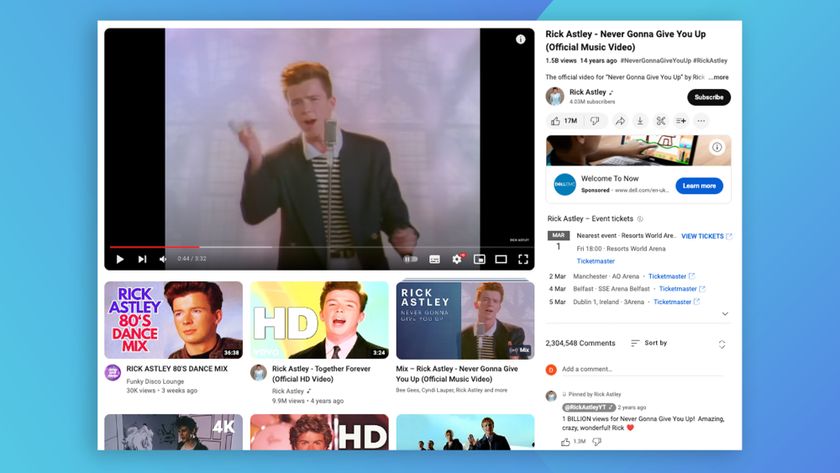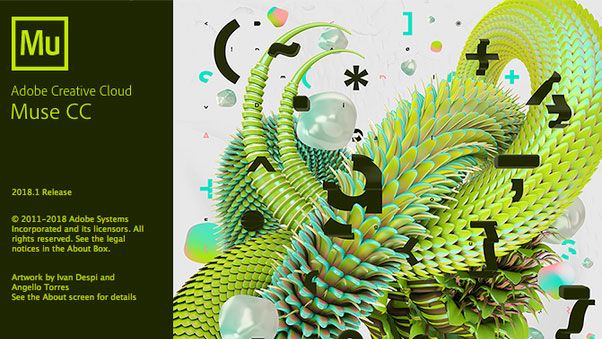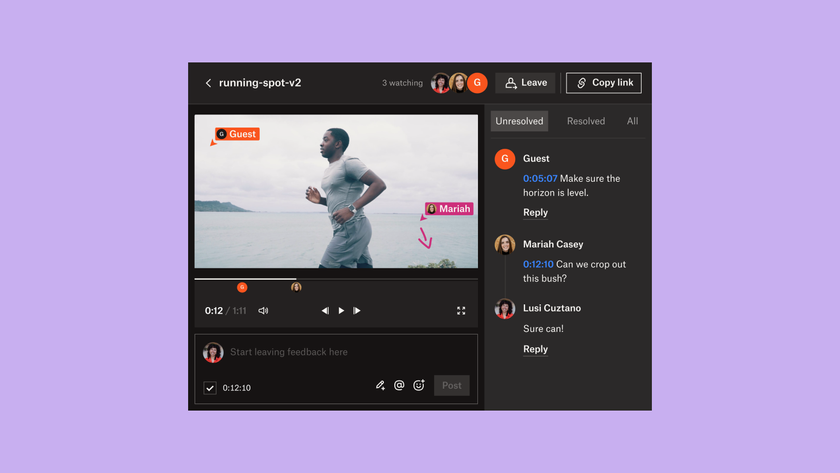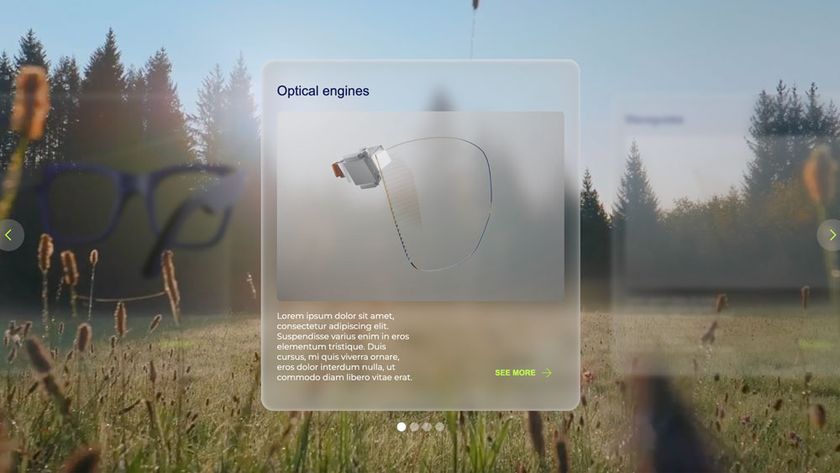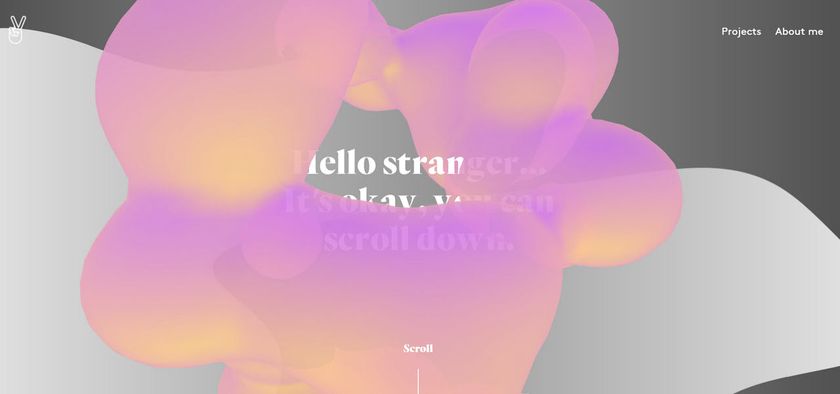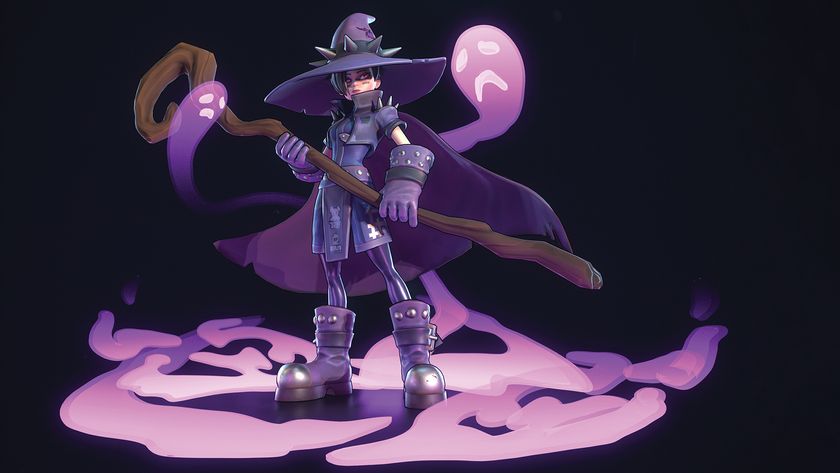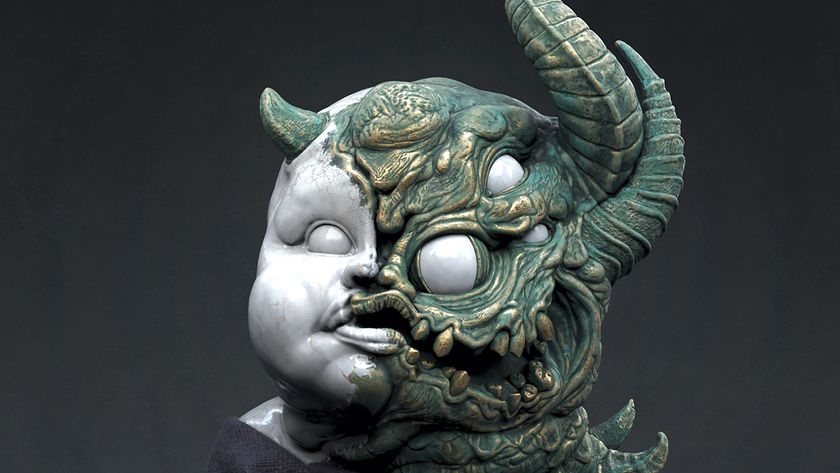How to create a design prototype: 10 pro tips
Jonas Downey has some stellar advice for getting the most out of your prototyping process.
For the past several months at 37signals, I've been working on a new app called Know Your Company. At the beginning of the project, we had a lot of ideas, but we weren't sure if they would form a cohesive product or not.
To find out, we built a functional prototype. During this phase, I stayed mindful of how I approach design problems. I wanted to forget my past tricks, build things better and faster, and try crazy stuff outside of my comfort zone. Here are a few tips I picked up along the way.
01. Start with the essence
When you're first starting out, the sky's the limit, which is both exhilarating and overwhelming. Focus by identifying the core of your idea. What's the one thing that's so important the project couldn't exist without it? That's what you should work on first. Start exploring and see if it even has potential. If not, regroup and start anew.
02. Focus on what it does, not how it looks
Conceiving ideas is hard and fiddling is easy, so you could lose your mojo by working on unimportant details too soon. Be disciplined, focus on capability and avoid distractions that slow down your progress.
We fell into this trap. We accumulated too much styling in an early version and started wasting time debating it. Realising our folly, we switched the entire UI to plain black and white to ensure we were working on the real problems.
03. Hang loose
Once you have your distractions under control, play it fast and loose. Try your wildest ideas first. You can always fall back to something more conservative if they don't work out.
We always like to experiment with weird elements, such as interesting shapes, animations, colors, or layouts. Forget what's been done before and do something different. Look for real-world inspiration.
Get the Creative Bloq Newsletter
Daily design news, reviews, how-tos and more, as picked by the editors.
04. Follow interesting paths
Ideas build on themselves. One idea leads to another (read about Stuart Kauffman's theory, The Adjacent Possible). Suddenly, you have a diverse pool of things to try.
Often these evolved ideas are stronger than your first ones, so don't be afraid to change course for a few days. You may end up with a final set of features that's entirely different than your original vision.
05. Throw it out
Many early explorations are junk. That's healthy. At one point we trashed thousands of lines of code. Don't get attached to what you've already built. Be critical, let it prove its worth and relentlessly cut anything that isn't working.
06. Do Repeat Yourself
When you're working on a production app, optimisation and the Don't Repeat Yourself (DRY) principle are important. But, for a prototype, some duplication can be beneficial.
Let's say we're working on two similar features: messages and notes. Those interfaces and behaviours are similar, so you may be tempted to optimise right away and make them share CSS styles, markup, JavaScript, etc.
But maybe next week we'll decide that messages should look or work much differently than notes. Or we may axe the messages feature altogether. Then all that optimisation work was pointless.
Keep things decoupled until you're certain they're sticking around.
07. Fake it
A prototype should be as real as you can make it, but don't go nuts. If something is too hard to build, stub in examples and get things as close to real as possible. (My early measure of 'too hard' was anything that took more than an hour or two to figure out.)
As an example, at first we didn't build authentication into the prototype, we just pretended there was a logged-in user.
08. Keep the momentum going and review often
Working on new stuff is fun, but there's also no obvious deadline for when you're done. So keep hustling and cover as much ground as you can. If you hit a lull, get out of it quickly by reconvening and deciding what's next.
I also stayed motivated by watching my daily commits. I like to see a lot of progress every day. GitHub's profile page is great inspiration for keeping the progress going.
09. Mop the floor when you have free time
When you're moving fast, trying ideas, cutting features and stubbing in examples, things can get messy in a hurry. Take occasional chances to weed the garden.
We like to keep a 'Chowder' list in Basecamp for minor problems that need attention. It's the perfect list to tackle when your creative juices are tapped out, or if you're waiting for someone else to finish some work before you can move on.
10. Know when to stop
At some point, the prototype needs to get real. This time we waited a little too long and had polished too much before calling in a programmer. This made it overwhelming for them to jump in cold. This was a good lesson learned: prove the concepts as fast as you can. If you're confident the idea is strong, then get to work building with a real production crew.
So, that's what I've learned this time around, but the creative process remains a mysterious beast. What tips do you have for taming it?
Words: Jonas Downey
Jonas Downey is a User Interface Designer at 37signals, where he works on products like Basecamp and Know Your Company.

Thank you for reading 5 articles this month* Join now for unlimited access
Enjoy your first month for just £1 / $1 / €1
*Read 5 free articles per month without a subscription

Join now for unlimited access
Try first month for just £1 / $1 / €1
The Creative Bloq team is made up of a group of design fans, and has changed and evolved since Creative Bloq began back in 2012. The current website team consists of eight full-time members of staff: Editor Georgia Coggan, Deputy Editor Rosie Hilder, Ecommerce Editor Beren Neale, Senior News Editor Daniel Piper, Editor, Digital Art and 3D Ian Dean, Tech Reviews Editor Erlingur Einarsson and Ecommerce Writer Beth Nicholls and Staff Writer Natalie Fear, as well as a roster of freelancers from around the world. The 3D World and ImagineFX magazine teams also pitch in, ensuring that content from 3D World and ImagineFX is represented on Creative Bloq.
